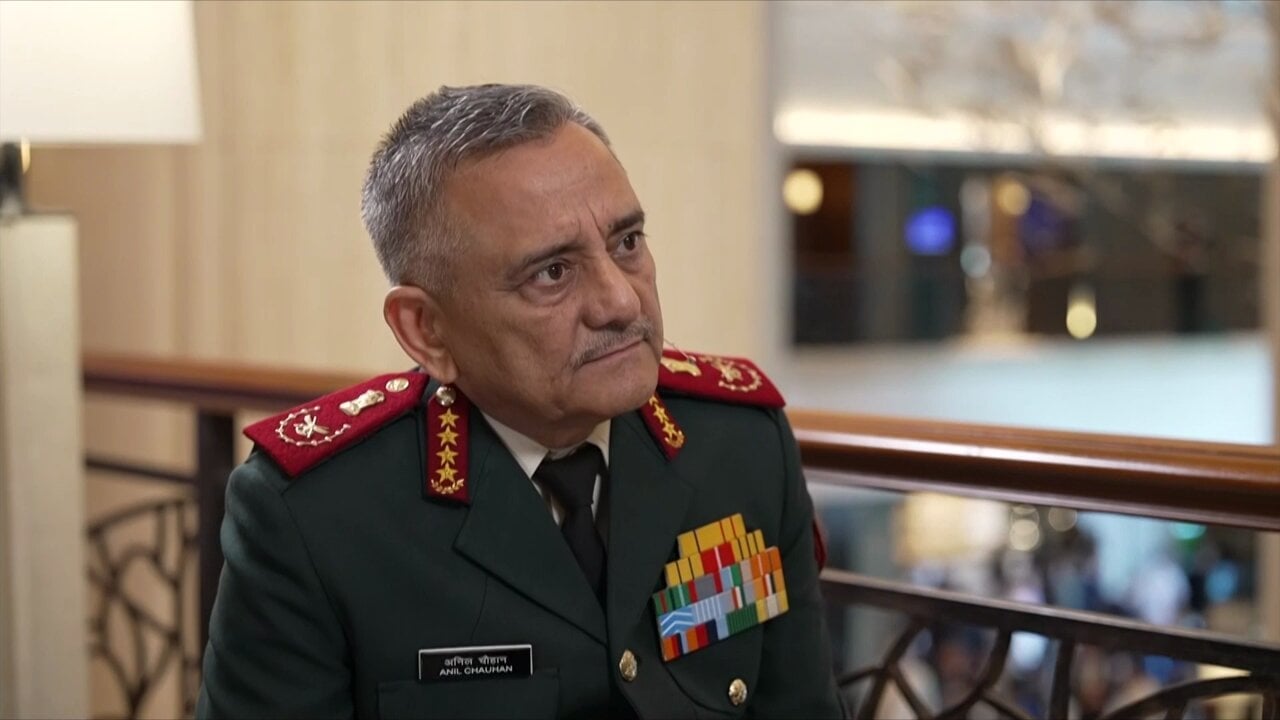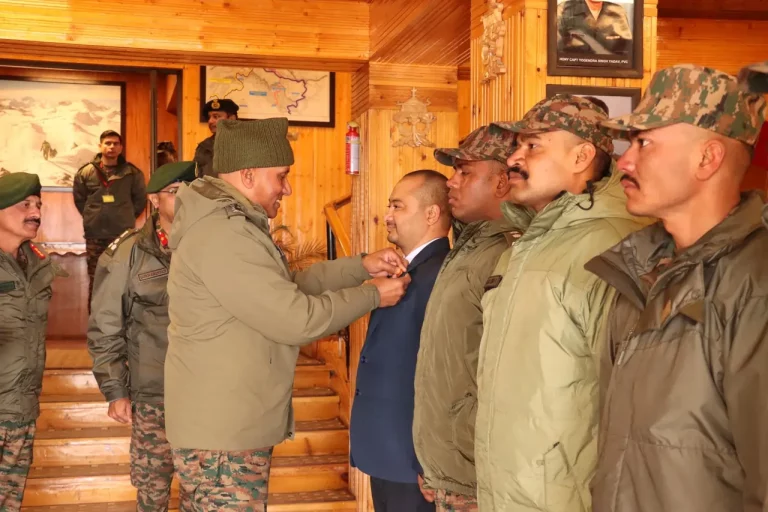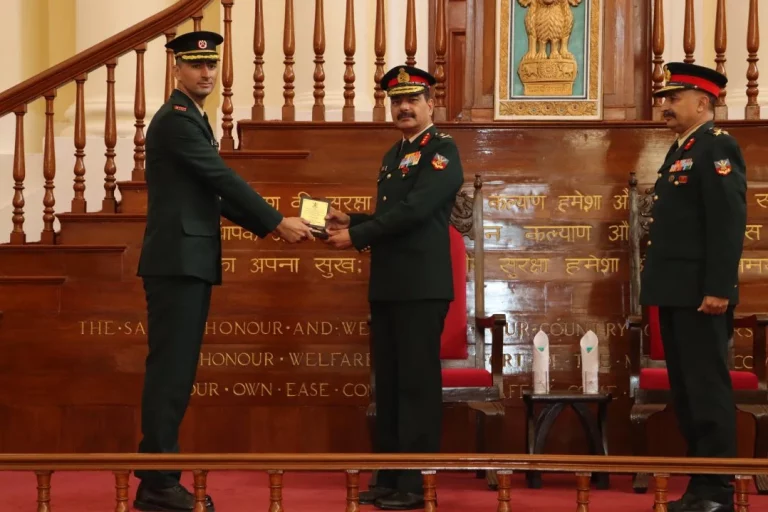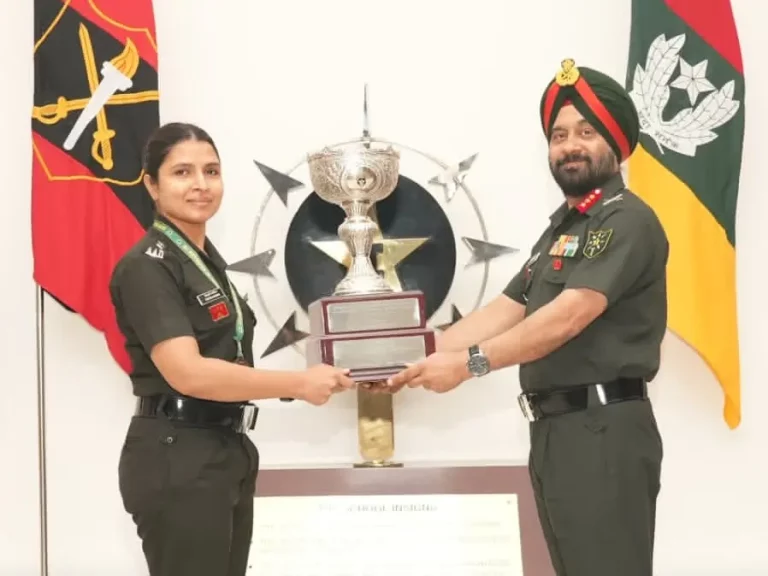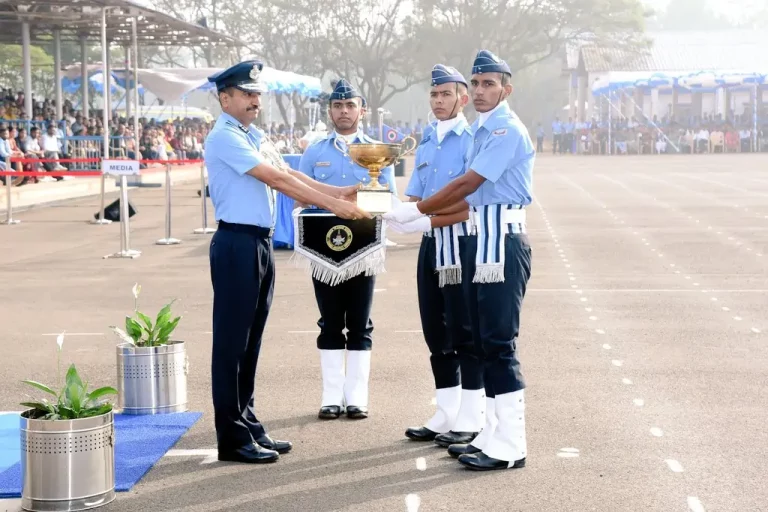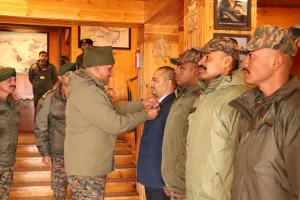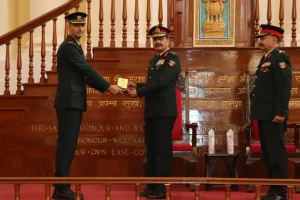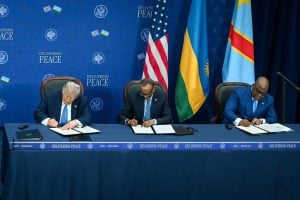India has officially acknowledged the loss of fighter jets during the recent four-day conflict with Pakistan, representing the first public confirmation from New Delhi since hostilities began in early May. The announcement was made by Chief of Defense Staff General Anil Chauhan during his interview at the Shangri-La Dialogue in Singapore.
In his discussion with Bloomberg Television, General Chauhan refrained from disclosing the exact number of lost aircraft, instead highlighting the importance of understanding the circumstances leading to these losses. “What is important is not the jet being down, but why they were down,” he remarked, emphasizing the need for learning from operational mistakes.
General Chauhan refuted claims made by Pakistani officials that six Indian warplanes were shot down during this conflict, labeling the assertion as “absolutely incorrect.” He underscored India’s quick recovery from initial challenges, pointing out that Indian fighter jets were back in the air within two days to carry out precision strikes against heavily defended targets in Pakistan.
This marks the first formal acknowledgment by the Indian military regarding its aircraft losses in the clashes which escalated after a deadly terror attack in Indian-administered Kashmir on April 22 that resulted in 26 civilian fatalities. India accused Pakistan of masterminding the attack, a charge that Islamabad has denied. The ensuing conflict, which began on May 7, included aerial dogfights, missile strikes, drone operations, and cross-border artillery exchanges—making it the most intense confrontation between the two nuclear-armed neighbors in over 50 years.
Despite the severity of the situation, General Chauhan reassured that the conflict never neared the threshold of nuclear escalation. He stated, “We had channels of communication open at all times to ensure control over the situation,” highlighting that deterrence mechanisms were actively maintained.
Until now, India had not publicly addressed the extent of its aerial losses, opting instead for strategic silence in response to claims made by Pakistani Prime Minister Shehbaz Sharif in early May regarding six Indian fighter jets downed in the conflict. While analysts had speculated on military losses on both sides, independent verification remained unattainable due to the sensitive nature of the combat zones involved. The Indian military’s recent acknowledgment provides some clarity, though full details continue to be classified.
General Chauhan’s remarks introduce a new facet to the narrative of the May conflict, indicating a shift towards greater transparency while still maintaining a level of strategic ambiguity about operational specifics. As tensions remain reduced but not fully resolved, both nations are facing renewed calls for diplomatic engagement, de-escalation, and improved crisis-management frameworks to prevent future incidents from evolving into larger conflicts.
